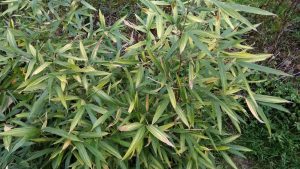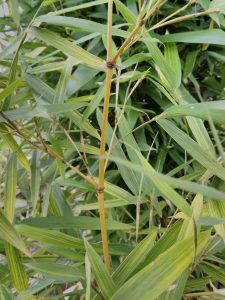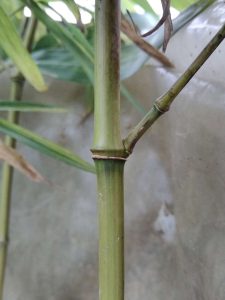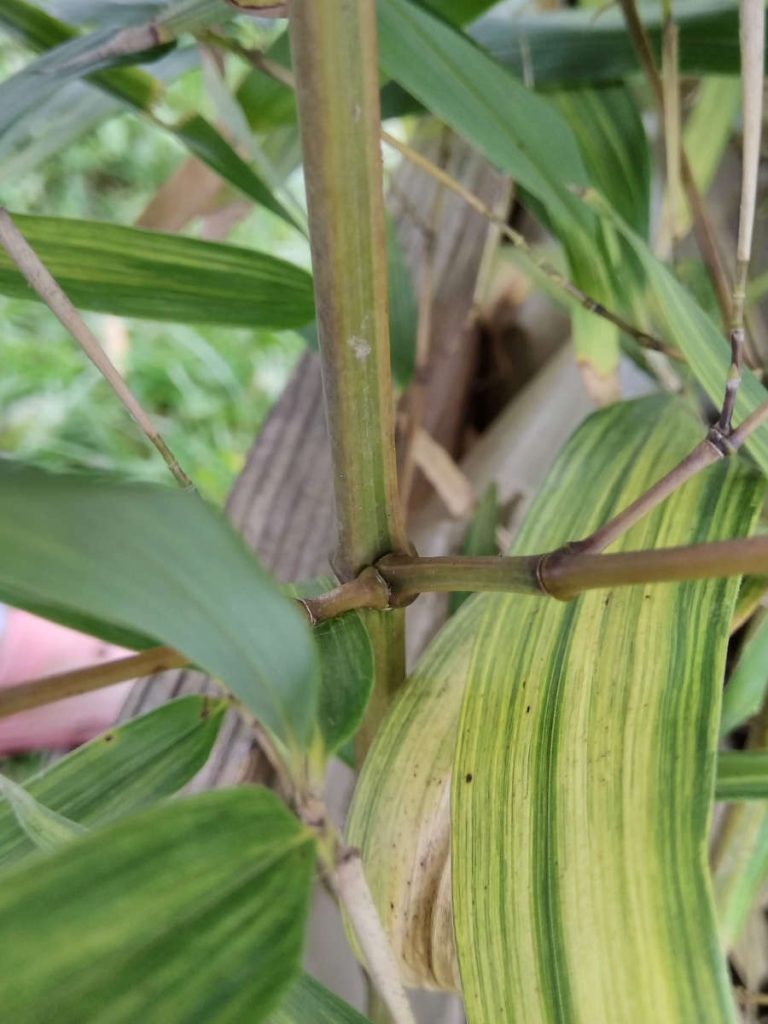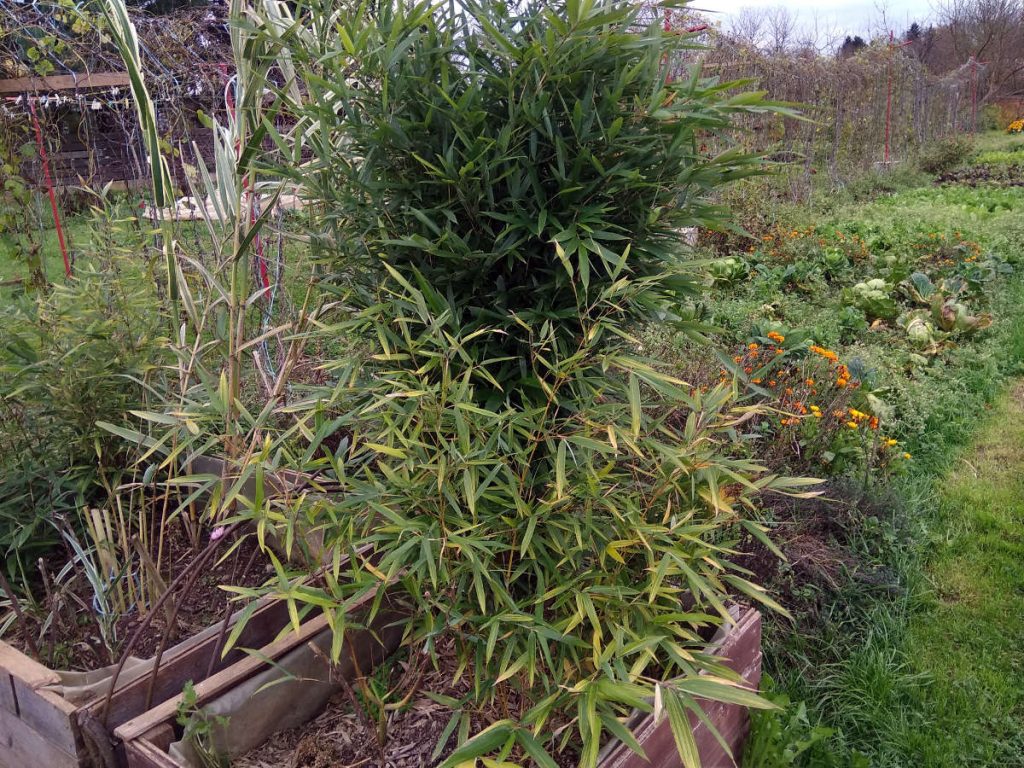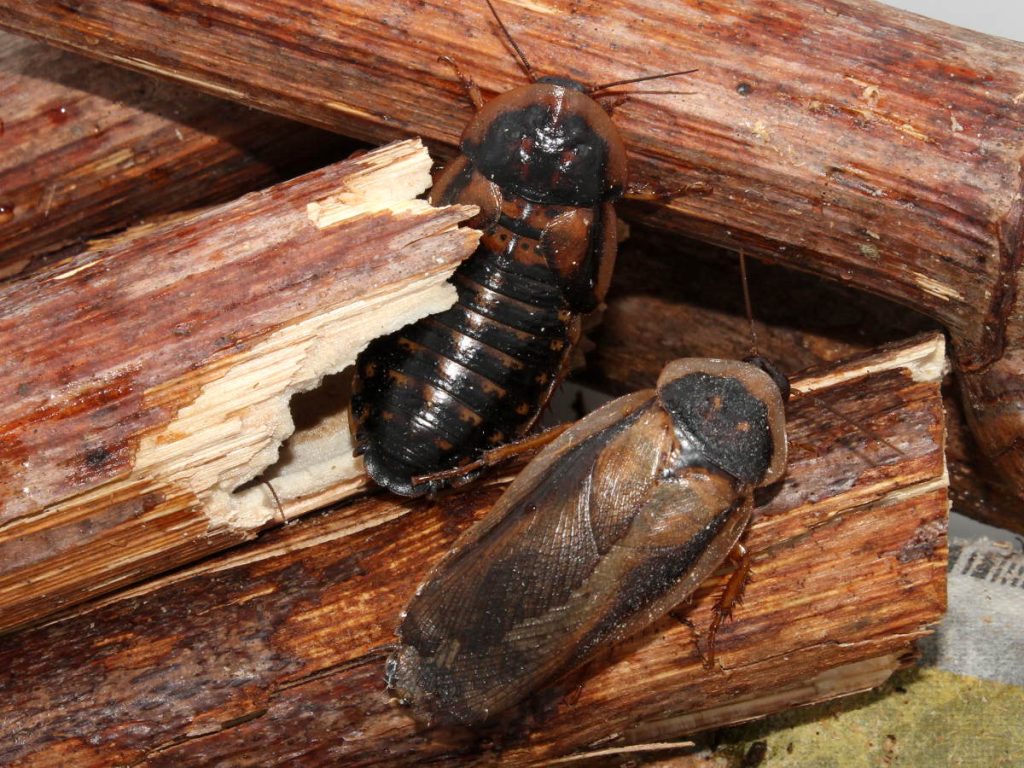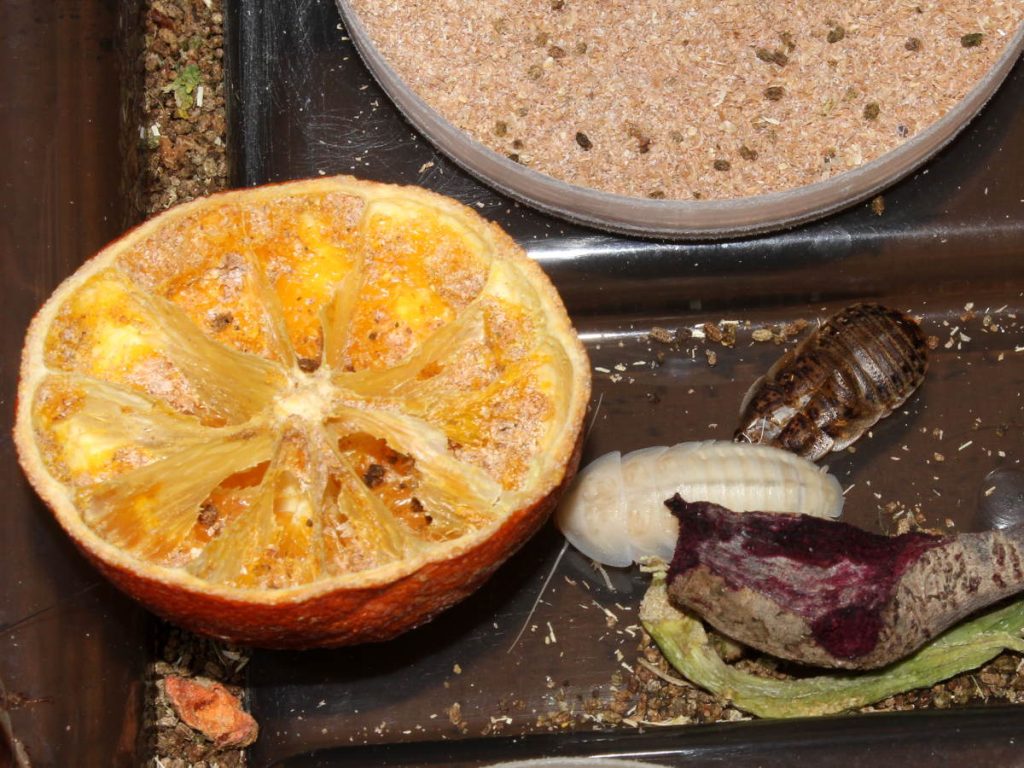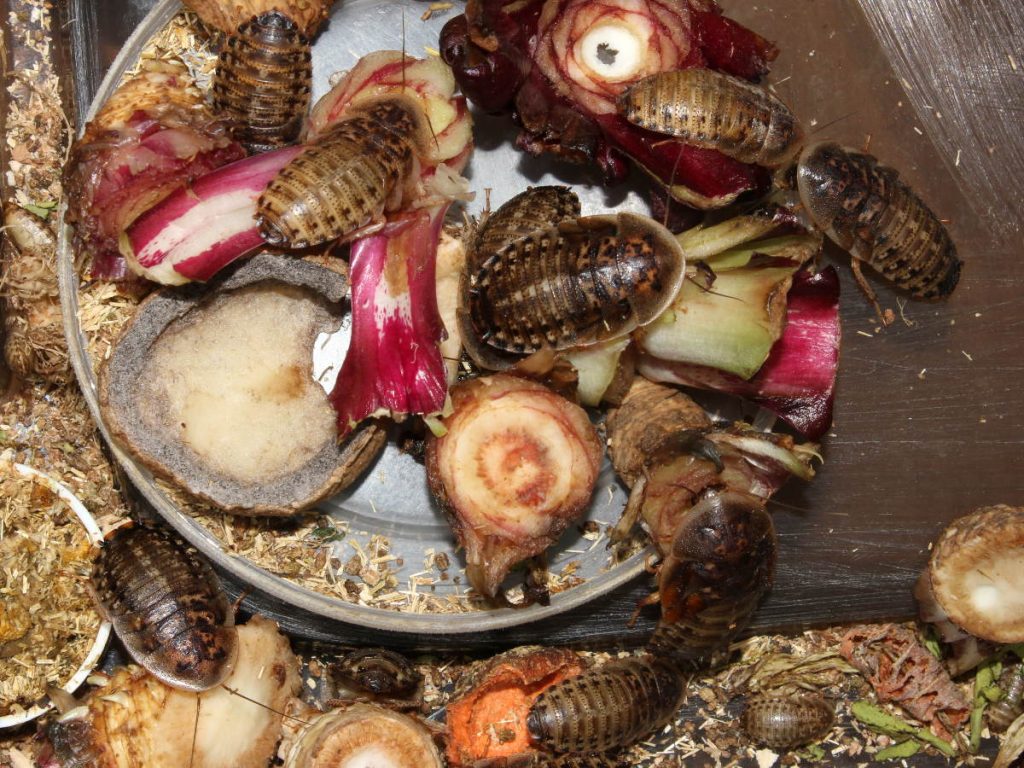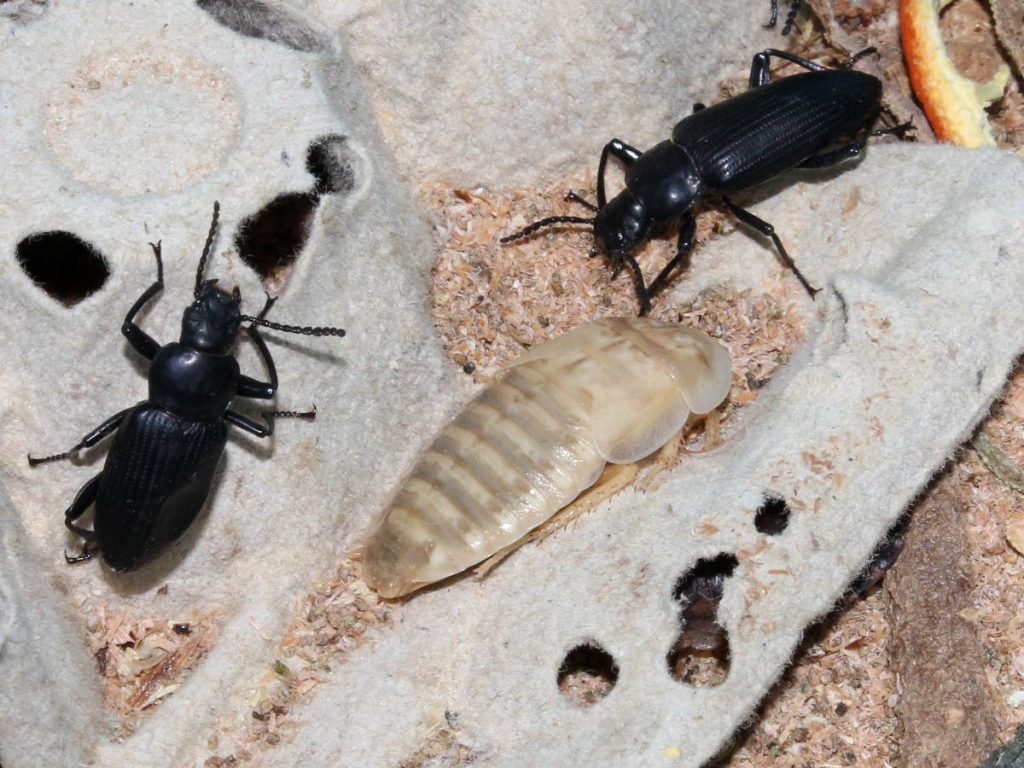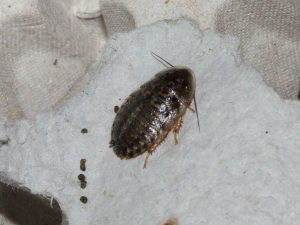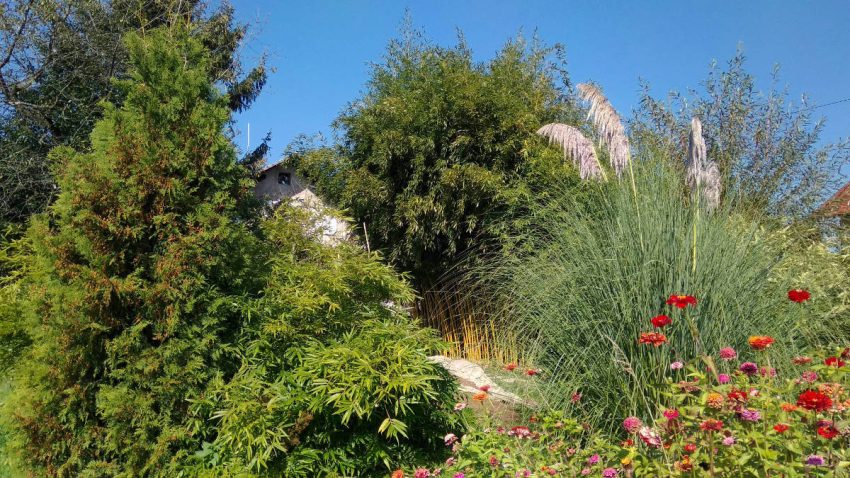Shooting Calendar Update
Too much data…
As the Bamboo shooting calendar started getting more and more data, it became too large and it got impossible to place the large table online. It was getting harder to find shooting information for individual bamboo so I decided to do something about it before new season starts. I tossed away the data table completely.
Charts instead of tables
To improve readability and get rid of unnecessary data, table got replaced with charts. When I tried combining all the bamboo data into one graph, result was pretty poor – way too much information made the bars too thin. The result was unreadable graph which needed to be further dissected into graphs of individual bamboos.
Small tables are easy to read and hold all the needed information about shooting dates since I started growing bamboo. To make comparison between different bamboos easier, I decided I should introduce an average shooting date. There are some bamboos that skipped spring shooting or shot really, really late – I ignored those years. I did, however, use a shooting date in August in the Borinda fungosa chart. Borinda is a tricky bamboo that likes shooting late in the summer and doesn’t stop until winter.

Better or worse?
The trigger to change the way I run the bamboo shooting calendar was the site layout issue which prevented to load the page correctly. I managed to correct the issue last year, hardly. I also noticed someone gave the “Sucks” grade to the calendar sub-page. I’m not sure about the reason, but it might be the layout issue.
If any of you knows for a better way of making the calendar, which would allow me to add more bamboos and could stay readable after several years, I’m always opened for suggestions.


